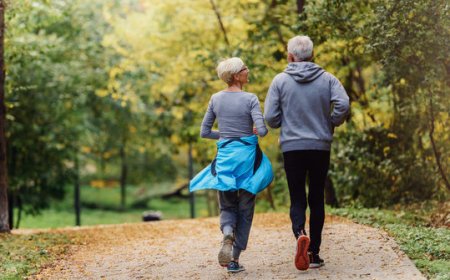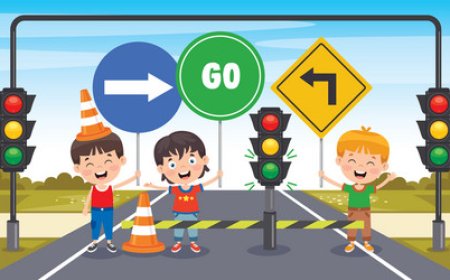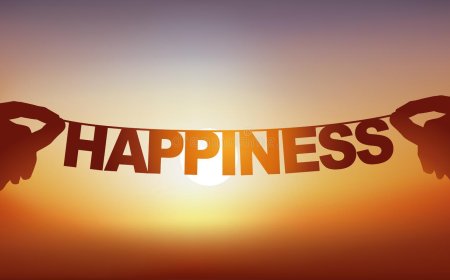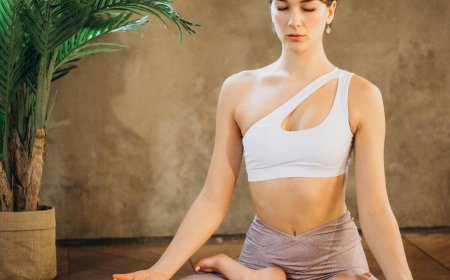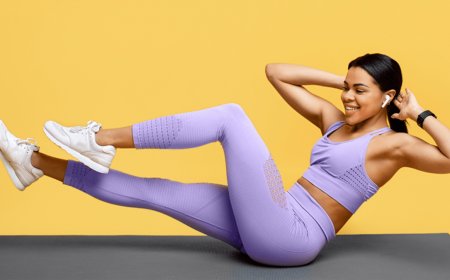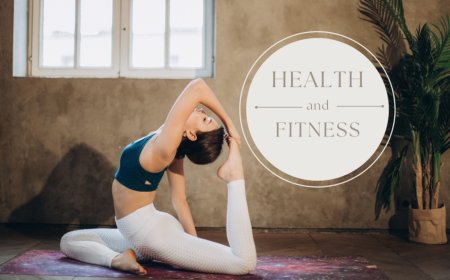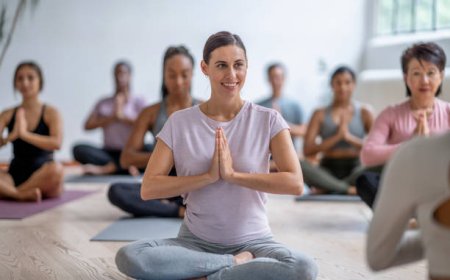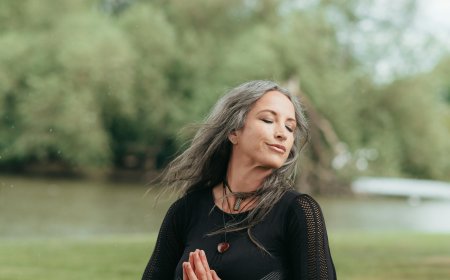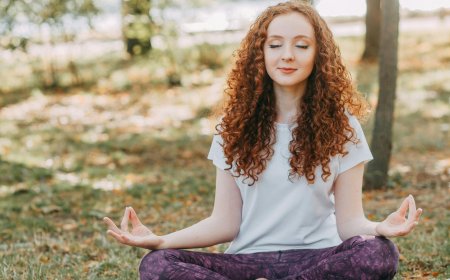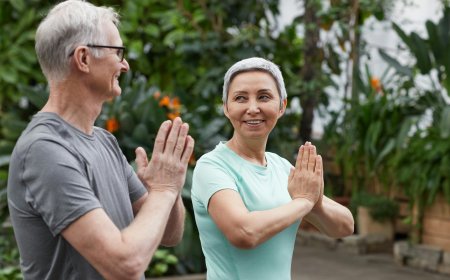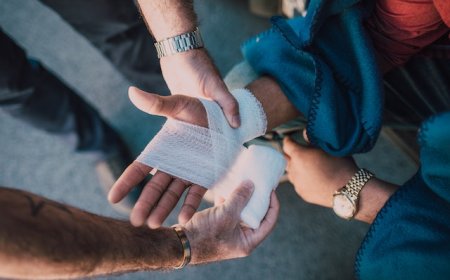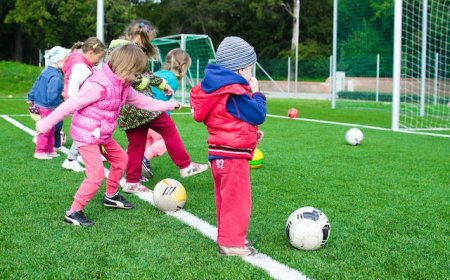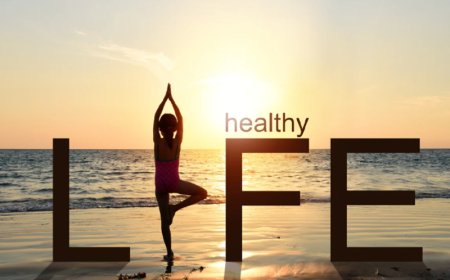Fitness for Every Body: How to Make Exercise Inclusive and Accessible
Address common barriers to fitness participation and offer practical solutions for making exercise more inclusive and accessible to people of all ages, abilities, and backgrounds.
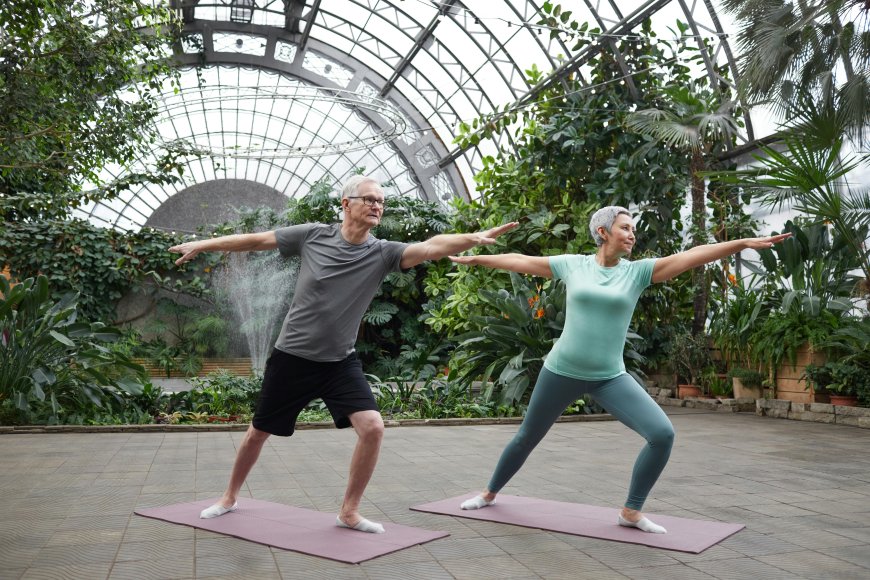
Fitness should be for everyone, regardless of age, ability, or background. Yet, many individuals face barriers to participating in regular exercise. In this article, we'll explore ways to make fitness more inclusive and accessible, ensuring that everyone has the opportunity to enjoy the benefits of physical activity.
-
Understanding Barriers to Fitness:
- Lack of accessibility to fitness facilities, equipment, or programs.
- Physical disabilities or limitations that make traditional forms of exercise challenging.
- Socioeconomic factors such as cost, transportation, or childcare barriers.
- Cultural or social stigmas surrounding exercise.
-
Creating Inclusive Spaces:
- Designing fitness facilities with accessibility in mind, including ramps, elevators, and accessible parking.
- Offering a variety of equipment options, including adaptive or specialized equipment for individuals with disabilities.
- Providing gender-neutral facilities and ensuring that all members feel welcome and respected.
-
Adapting Exercise Programs:
- Offering modified or adaptive exercise classes tailored to different abilities, such as seated workouts or low-impact options.
- Providing individualized support and guidance from qualified fitness professionals who understand the unique needs of diverse populations.
- Incorporating diverse cultural perspectives and practices into fitness programming to make it more relatable and engaging for everyone.
-
Promoting Accessibility:
- Making fitness programs and resources available online or through virtual platforms to reach individuals who may face barriers to attending in-person classes.
- Offering sliding-scale fees or scholarship programs to make fitness more affordable for low-income individuals and families.
- Partnering with community organizations and advocacy groups to promote inclusivity and raise awareness about the importance of accessible fitness options.
-
Fostering a Supportive Community:
- Creating a welcoming and supportive environment where individuals feel empowered to participate in fitness activities without fear of judgment or discrimination.
- Providing opportunities for social connection and peer support through group workouts, community events, or online forums.
- Celebrating diversity and highlighting success stories from individuals of all backgrounds and abilities to inspire others to join in the fitness journey.
Conclusion: By prioritizing inclusivity and accessibility in fitness initiatives, we can break down barriers and create opportunities for everyone to lead healthier, more active lives. Together, we can build a fitness community that celebrates diversity and empowers individuals of all abilities to thrive.
What's Your Reaction?












